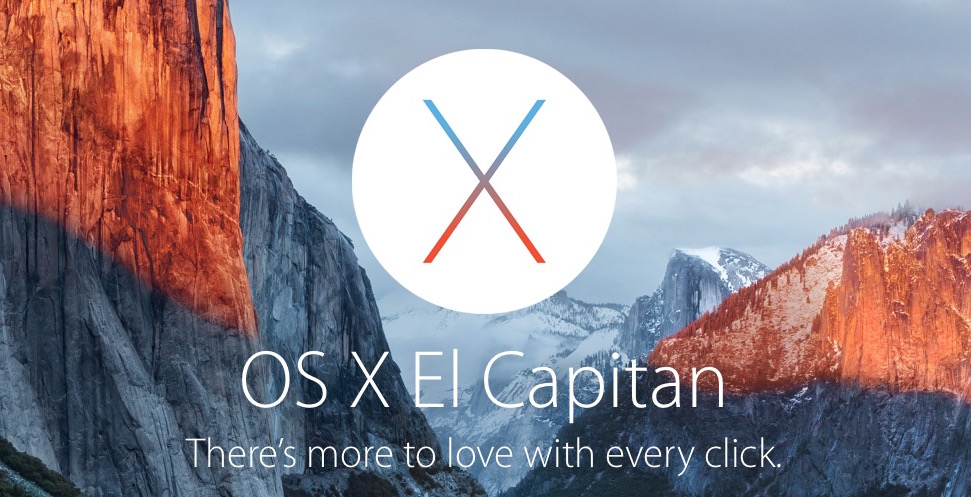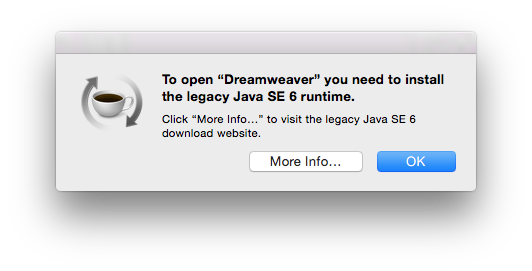

#JAVA MAC OS YOSEMITE CODE#
The button with the square in it will stop your script while it is still being executed (most useful for killing infinite loops), the triangle button will build and run your script, and the hammer button will just build your script (use this to make sure you don’t have any syntax errors without actually running the code if you do not, or to get Script Editor’s non-live syntax highlighting to catch up with any new code since your last build or run). You only need to worry about the last three for most basic scripts. You can switch to the Events view by clicking the third button at the very bottom of Script Editor (the box with lines in it) and then selecting the Events tab.Ībove the code section are four buttons. This small section defaults to the Description view (which switches to the Result view when you run your script), but I have found the Events view to be far more useful, as it outputs every event that happens while your script is running rather than just the end results. The big section is where you will write your code, the small section will display data about your script while it is being run. When you open Script Editor you will see two main sections, a large one on top and a smaller one beneath it. You can write your JXA in whatever editor you want, but I’ll be writing about doing so in Script Editor. I’m disappointed by its half-baked syntax highlighting and complete lack of code completion, but the convenience of being able to run JXA scripts at any time within Script Editor by clicking the play button, see the output in the bottom pane, and have easy access to the scripting libraries of all the apps on your machine outweigh the app’s drawbacks. Script Editor is not the best code editor. Script Editor comes preinstalled on every Mac: you can find it in the Utilities folder in your Applications folder. The first thing to know is that JavaScript for Automation scripts are meant to be written in Apple’s Script Editor app.

Rather, the purpose of this writing is simply to give you the tools to get started with JXA and enable you to do some basic automating of applications using supported method calls or UI automation. I am not going to get into the JXA Objective-C bridge, as I do not know Objective-C, so that most powerful section of JXA is beyond my scope. If you do know JavaScript, this article is not meant to teach you every aspect of JXA either. If you read any further, I am assuming you already have at least a basic knowledge of JavaScript in its web implementation, and simply want to transition from scripting websites to scripting Mac apps. This article is not a comprehensive tutorial on the JavaScript programming language. Eventually I was able to figure these things out, so now I’m back to share what I learned.
#JAVA MAC OS YOSEMITE HOW TO#
The result was quite a few wasted hours trying to figure out some of the most basic parts of JXA, such as proper syntax of method calls, which method calls worked with which apps, and how to identify UI Elements in order to trigger them with UI automation. I’ve never gotten around to learning AppleScript, so articles based on the classic OS X automation language were not much help either, although I’m not sure how much they would apply anyway.

Since JXA is so new, there obviously was not much information to go by. Before writing that section of the article, I wanted to learn the basics of JXA in order to be sure that I understood what I was writing about and wasn’t just blindly summarizing the contents of the JXA release notes and WWDC Session Video. The second half was a basic overview of JavaScript for Automation (JXA) (the new addition to OS X scripting languages) joining AppleScript. Last month I wrote an article for MacStories on the extensibility and automation changes in OS X Yosemite.


 0 kommentar(er)
0 kommentar(er)
